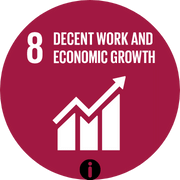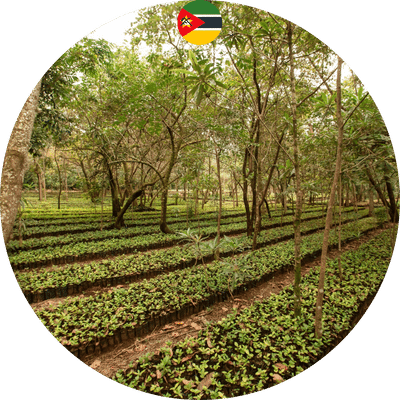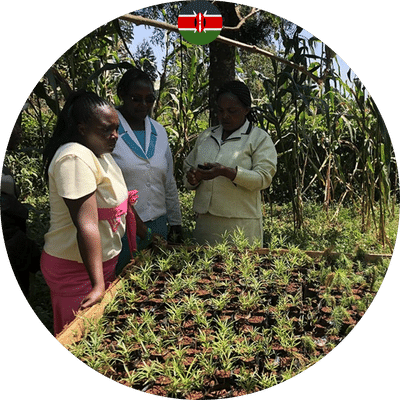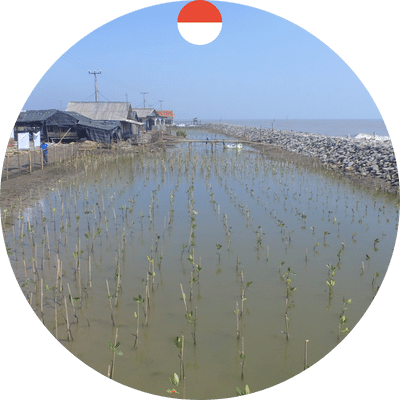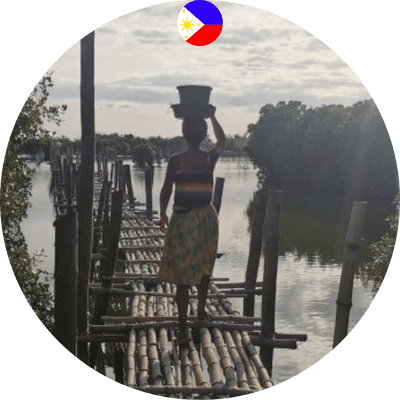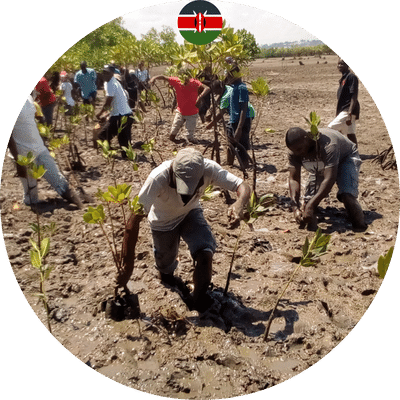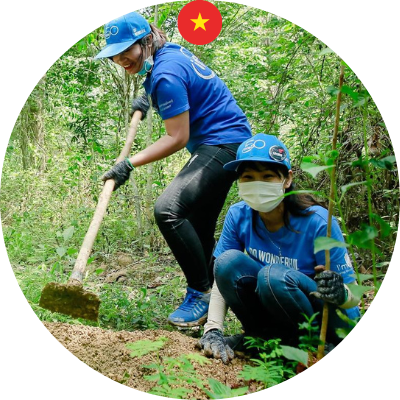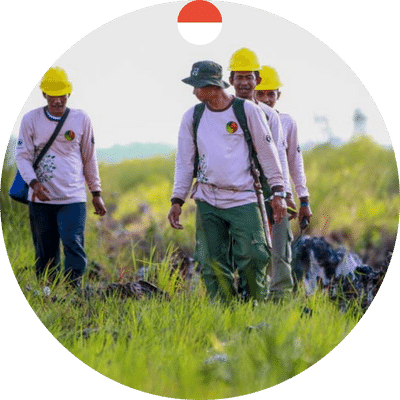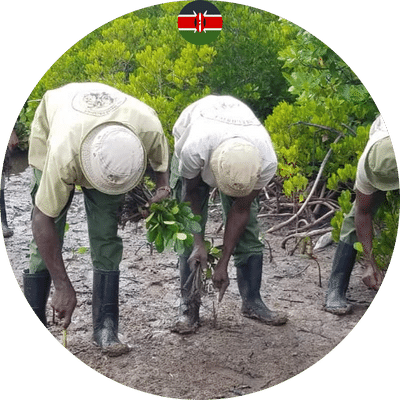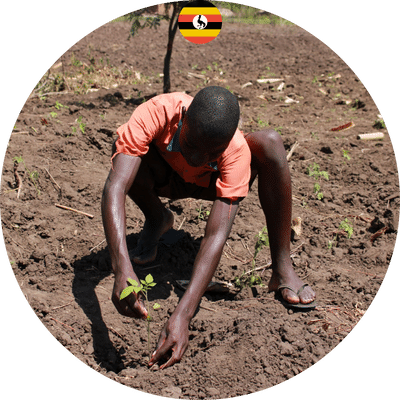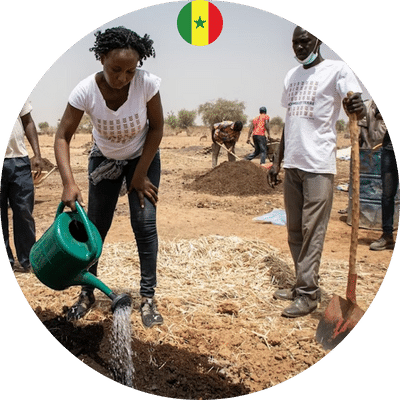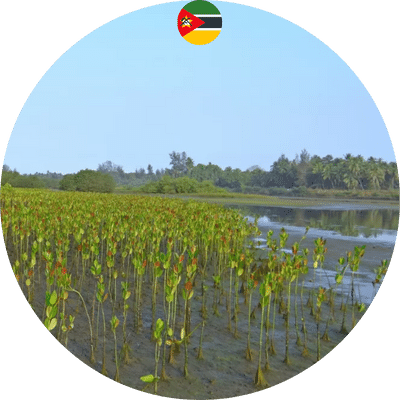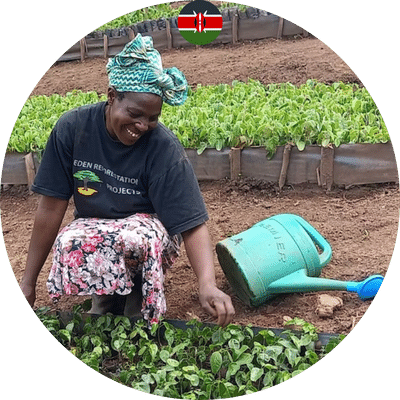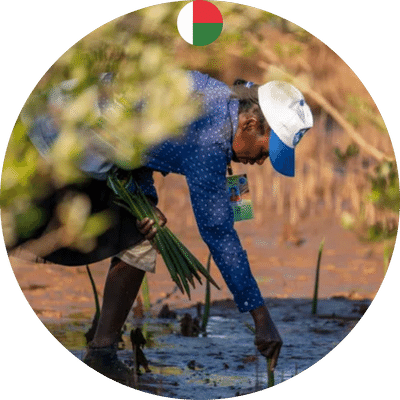Planting trees and supporting water security in Kenya
Situation and background
Kenya is known for its beautiful wildlife and iconic landscapes. It has a wide range of ecosystems, from deserts and wetlands to mountain and forest regions, so it has a lot of different kinds of plants and animals. But Kenya is losing plant and animal species at an alarming rate because of the way people use the land and how they keep the environment from getting worse.
Extreme weather events caused by climate change make all of these problems worse. These events hurt the country’s natural tourism income and, in the end, the people’s ability to make a living.
Dundori Forest is an important biodiversity area. It is in Nakuru County, about 200 km northwest of Nairobi. This shows how important the species, habitat, and conservation efforts are. The water from this important area for biodiversity flows into three of Kenya’s biggest lakes, one of which is a UNESCO World Heritage Site. This makes the area very important for water security. As a part of the Mau Water Tower, Dundori Forest is one of the six western forest blocks in Nakuru County. It is very important to the conservation of biodiversity and ecosystem services in the region.
Project location: Dundory, Kenya
Planting Partner
The International Tree Foundation (ITF) was started in Kenya in 1922, and it has been working to restore and protect forests and spread ways of managing forests ever since. ITF’s method is based on community consultation, participation, and leadership. ITF’s ability to work is based on their commitment to and support of capacity building in local communities. This helps to improve the effectiveness of efforts to plant and protect forests and improve people’s lives. Education and empowering women are also important parts of their work in the community.

IFT works with the Kenya Forest Service, the Kenya Forest & Research Institute, and the Community Forest Associations to make sure that all plantings fit with the local ecosystem. They also work with Botanic Gardens Conservation International, a long-term partner.
Sustainable Development Goals
The project
The goal of this project is to bring 200 hectares of very damaged forests back to life through sustainable reforestation led by the community. The project’s main goal is to speed up the restoration and restoration of the degraded Dundori forest’s watershed functions, soil stability and quality, carbon sequestration, and biodiversity. This will be done by replanting local species and getting local communities involved in efforts to protect and restore the forest. The project also includes planting trees in schools as a way to get young environmental managers involved in forest cultivation and in 15 schools.
The project will help protect four endangered tree species in Nakuru County: the Ocotea kenyensis, the Polyscias kikuyuensis, the Prunus africana, and the Vangueria gillettii (2020 IUCN Red List).
For trees to live in the forest, they need care after they are planted. ITF is in charge of taking care of the trees after they have been planted, along with the Kenya Forest Service and the people who live near the forests. This is done for three years to make sure that the trees planted are strong enough to live on their own. ITF’s plan for protecting planted sites is to use people from the community called “Community Volunteers.” These people will also be trained in how to prevent and fight fires.
Photos



Climate solution
Moderate forest restoration
The 1.9 billion hectares of temperate forests on Earth take in more carbon than they give off. The World Resources Institute says that more than 1.4 billion hectares of large, closed forests or mixed mosaics of forests, sparsely growing trees, and other land uses, such as agriculture, could be restored. For restoration to happen, more carbon needs to be stored.
Even though temperate forests are not in danger of being cut down on a large scale like tropical forests are, they are still broken up by development. They are also facing droughts that are longer and hotter, heat waves that last longer, and wildfires that are bigger and more dangerous. Insect and disease outbreaks are also getting worse. These changes can make temperate forests less resilient than they should be.
Read more on Drawdown.org


